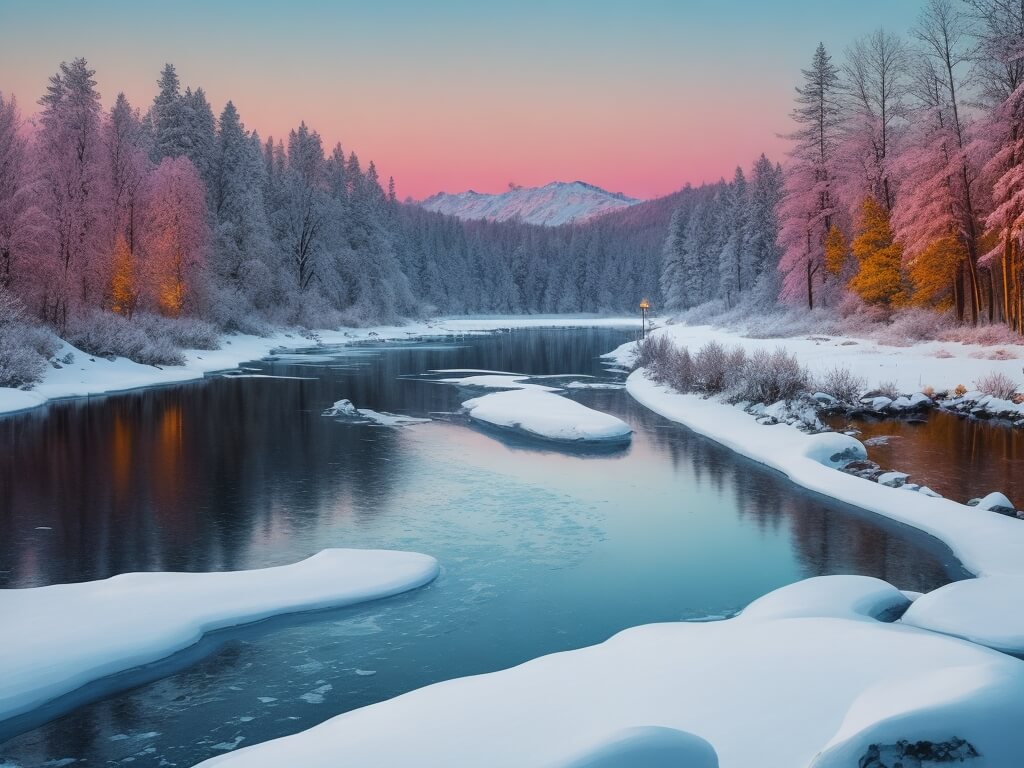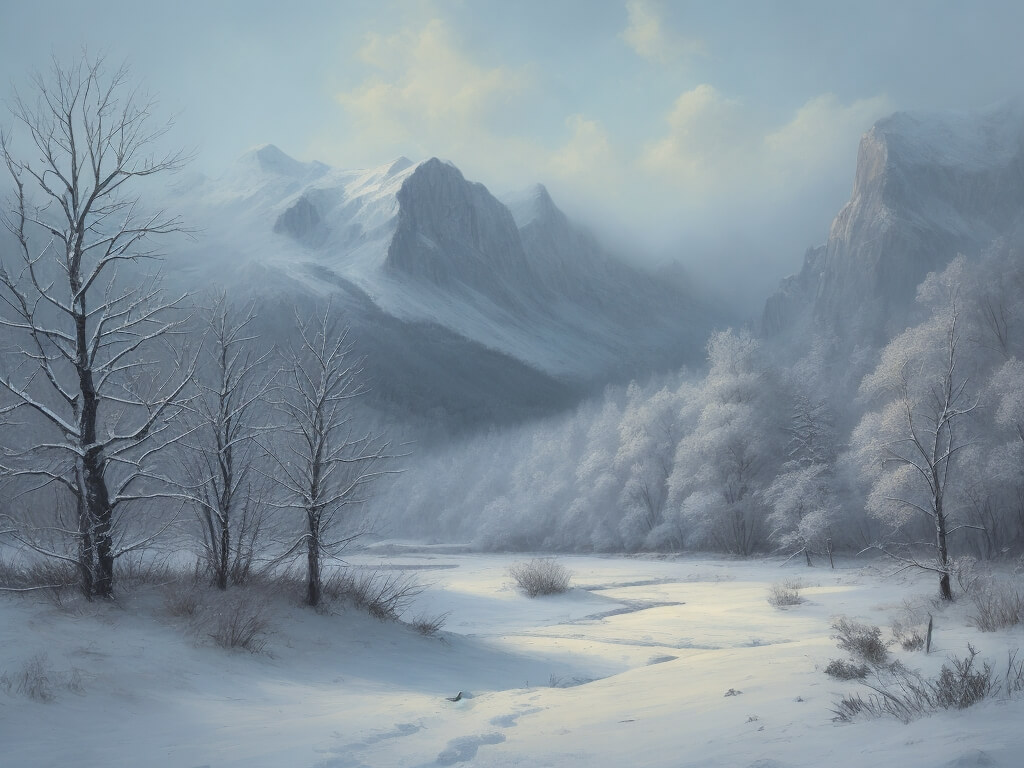Discover the magic of winter with insights on snowfall, holiday traditions, animal adaptations, and more. Navigate the chill with tips on staying warm and enjoying the season’s unique beauty.

“Winter” is one of the four seasons that occur on Earth. It is characterized by specific climatic and atmospheric conditions. Here are some key features of winter:
- Temperature Drop:
- Winter is associated with colder temperatures compared to other seasons. In many regions, temperatures can drop below freezing, leading to the formation of frost and ice.
- Shorter Days, Longer Nights:
- Winter days are shorter, and nights are longer. This is a result of the tilt of the Earth’s axis and its orbit around the sun. The winter solstice, which occurs around December 21st in the Northern Hemisphere, marks the shortest day of the year.
- Snowfall:
- One of the hallmark features of winter in many regions is snowfall. Snow is frozen precipitation that falls from the sky in the form of ice crystals. It can accumulate on the ground, covering landscapes in a layer of white.
- Winter Solstice:
- The winter solstice is the point in time when the sun is at its farthest distance from the Earth’s equator. It marks the official beginning of winter in the Northern Hemisphere. In the Southern Hemisphere, the winter solstice occurs around June 21st.
- Winter Sports and Activities:
- Winter provides opportunities for various sports and recreational activities. Popular winter activities include skiing, snowboarding, ice skating, snowmobiling, and sledding.
- Holiday Season:
- Winter is associated with holidays and cultural celebrations in many parts of the world. Christmas, Hanukkah, and New Year’s Eve are examples of holidays that often coincide with the winter season.
- Animal Adaptations:
- Many animals have developed adaptations to survive the winter. Some hibernate, while others grow thicker fur or feathers for insulation. Birds may migrate to warmer climates.
- Cultural and Seasonal Changes:
- Winter often brings about changes in cultural practices, clothing, and daily routines. People may wear heavier clothing, use heating systems, and engage in seasonal traditions.
- Meteorological Conditions:
- Winter is associated with specific meteorological conditions, including high-pressure systems, cold fronts, and the potential for severe weather such as blizzards or ice storms.
- Winter Flora:
- In many temperate climates, deciduous trees shed their leaves during winter, giving the landscape a bare appearance. Evergreen trees, on the other hand, retain their leaves or needles throughout the season.
The characteristics of winter can vary depending on the geographical location, with polar regions experiencing extreme cold, while subtropical regions may have milder winter conditions. Overall, winter is a season defined by its unique climatic features and the changes it brings to the natural environment.

Information About Winter
“Winter” refers to one of the four seasons, typically occurring between autumn and spring. It is characterized by colder temperatures, shorter days, and longer nights. Here are some key points about winter:
- Duration and Timing:
- In the Northern Hemisphere, winter usually begins around December 21st or 22nd, which is the winter solstice—the shortest day of the year.
- In the Southern Hemisphere, winter typically begins around June 21st or 22nd.
- Weather Conditions:
- Winter is associated with lower temperatures, often leading to frost, ice, and snow in many regions.
- Cold fronts and low-pressure systems can bring precipitation in the form of snow, sleet, or freezing rain.
- Snowfall:
- In many colder climates, winter is synonymous with snowfall. Snow covers the ground and can transform landscapes into a winter wonderland.
- Snowflakes are unique ice crystals that form when water vapor freezes in the atmosphere.
- Winter Activities:
- Winter sports and activities are popular during this season, including skiing, snowboarding, ice skating, and sledding.
- Some people enjoy the festive atmosphere and holiday celebrations during winter.
- Animal Adaptations:
- Many animals undergo adaptations to survive the harsh winter conditions. Some hibernate, while others grow thicker fur or feathers for insulation.
- Cultural and Religious Significance:
- Winter is associated with various cultural and religious celebrations, including Christmas, Hanukkah, and the New Year.
- In some cultures, winter is a time for storytelling, festivals, and traditions.
- Winter Solstice:
- The winter solstice marks the shortest day and longest night of the year. It has cultural and historical significance in various societies and is often celebrated in different ways.
- Effects on Nature:
- Winter can have a significant impact on plant life, causing deciduous trees to lose their leaves and some plants to enter a dormant state.
- Bodies of water may freeze in colder climates, affecting aquatic life.
- Health Considerations:
- Cold temperatures can pose health risks, such as hypothermia and frostbite, so it’s important to dress warmly and take precautions during extreme cold weather.
- Meteorological Changes:
- Winter is associated with changes in atmospheric conditions, including high-pressure systems, low humidity, and, in some regions, inversions that can trap pollutants near the ground.
These aspects can vary widely depending on the geographical location, as winter conditions differ in polar, temperate, and subtropical regions. Overall, winter is a diverse and dynamic season with both challenges and beauty.